“It Just Suits Us.” A soba artist back from the UK, a family that creates joy.
———An artistic soba craftsman
Mie Prefecture, Ise City, site of the Ise Grand Shrine.
I hear that near the Outer Shrine, where the gods of food, clothing, shelter, and manufacturing are enshrined, there is a popular soba (buckwheat noodle) shop. When one thinks of Ise, one thinks of it’s signature Ise udon. Soba feels a little out of place to me.
It seems this shop is run by a family of three.
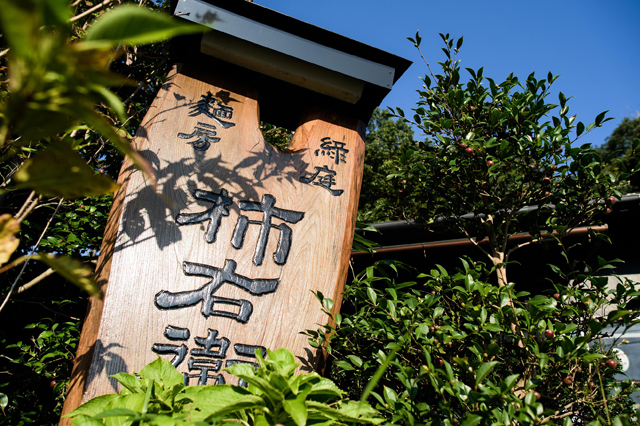
8 am. There isn’t a cloud in the sky on this fine October morning.
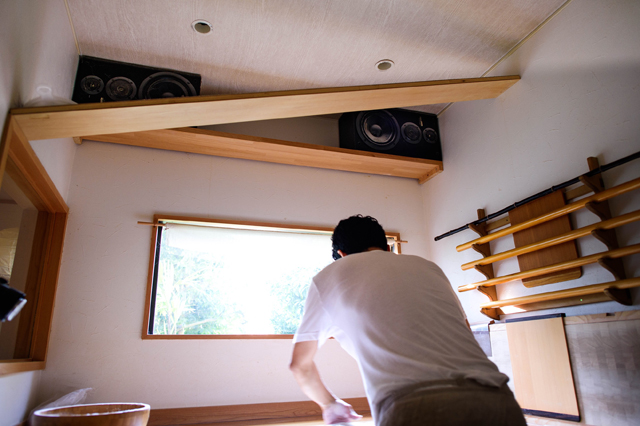
When I arrive, the craftsman is preparing to cut his noodles. The air is filled with the fragrance of fresh soba and the sounds of soothing background music.
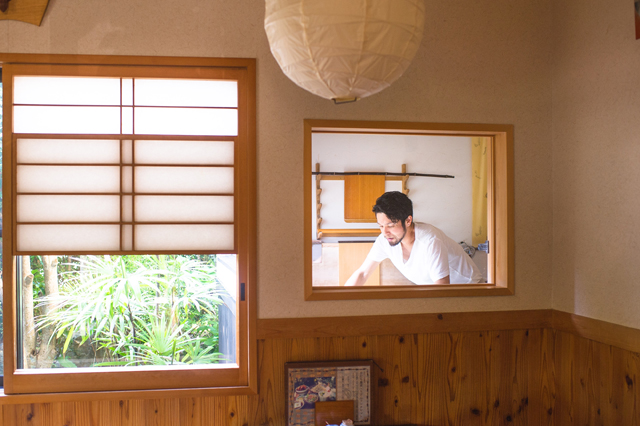
This shop’s second generation soba chef, Teppei Nishimura, was born and raised in Mie Prefecture. After graduating from university in Tokyo, he made his way to the UK where he worked for a record label as well as being a dance music musician and DJ. Having returned to Ise, he continues to make music.
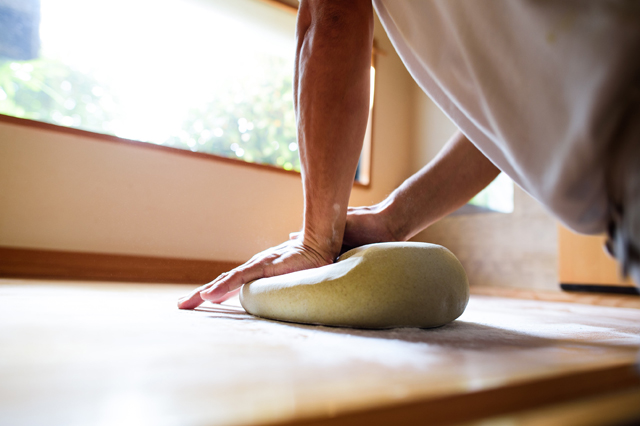
“It was while I was living in the UK that I came to appreciate just how wonderful Mie is. The natural beauty, the delicious food, the allure of Ise City and Ise Shrine, and the joy of living close to one’s family…” Teppei tells me.
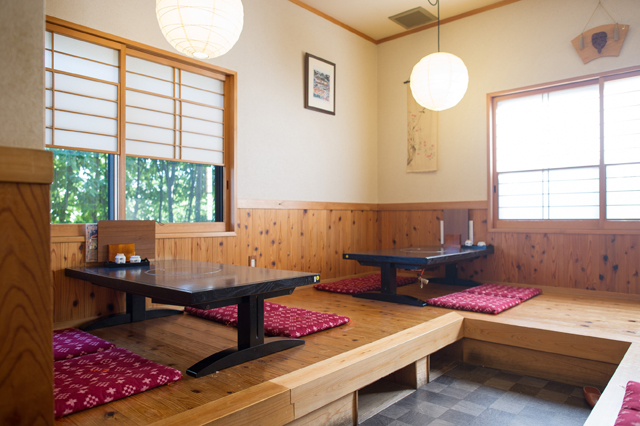
This isn’t one of those old soba shops. Teppei’s father Takao opened this shop while Teppei was away at university, with the intent of selling mainly udon.
How did it feel to make the transition from being a musician in the UK to being a soba maker? How did Teppei’s father react to his decision to return home and work at the shop? I asked Teppei about it.
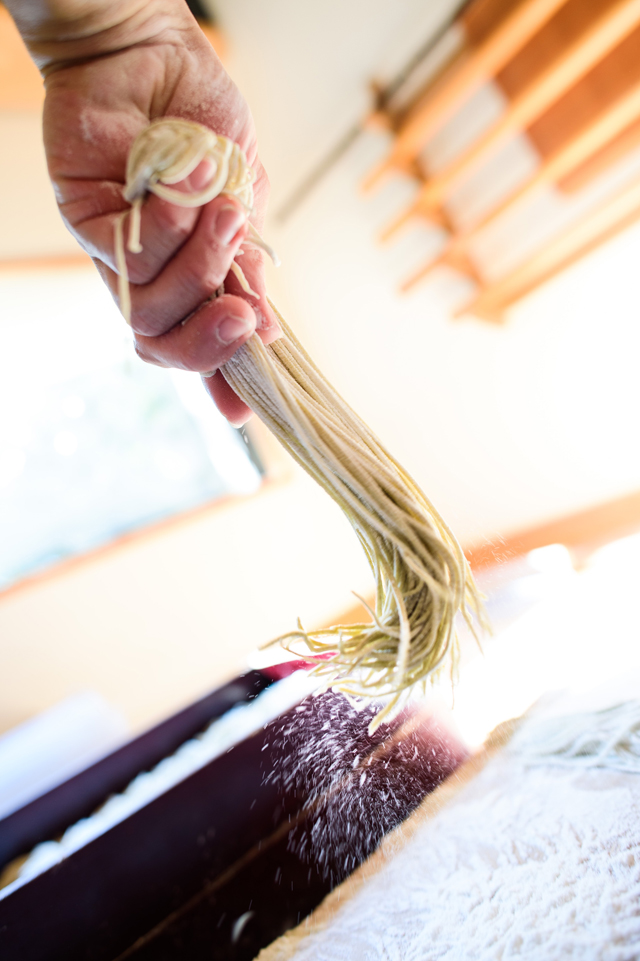
“Making soba is a lot like making a song. It smells great, and you can eat it too. Your customers tell you it’s delicious. When I told my father I wanted to work at the restaurant, he told me to go and study the proper method of making soba, so I went for an apprenticeship at a restaurant in Yokohama.”
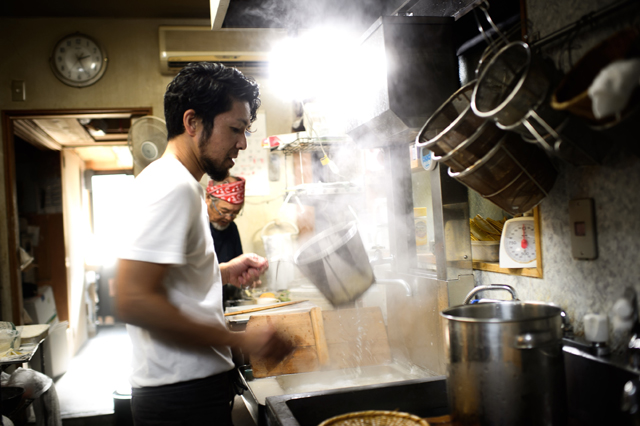
Seasons and weather cause variations in the amount of water required, so cooking times are adjusted to suit the needs of the customers.
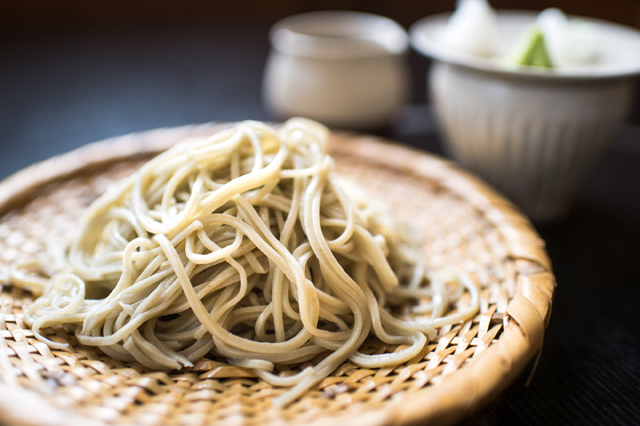
“When you’ve made good soba, it feels almost like making a good song.”
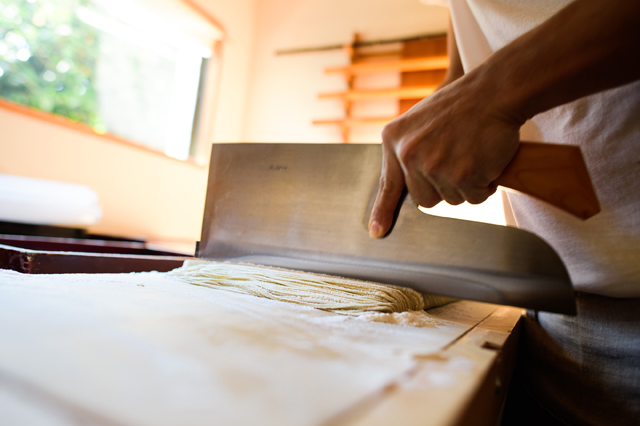
As calming music flows through the shop, the left handed soba knife makes a rhythmic “ton ton ton” as fresh soba noodles are cut. This morning’s soba is from Hokkaido, about 40 servings worth. I watch Teppei as he works, not losing the beat for a second, and I can sense his artistic spirit.
I ask Teppei about his father.
“Dad says he’s not especially particular, but really he is extremely particular, I think.”
———Four Generations of Cooks
“When my son said he wanted to work here at the shop, I thought he shouldn’t have to work in a small-time joint like this, but he likes it.” says Takao.
They usually use soba from Fukui Prefecture. They travel to Fukui to meet the farmers and deepen their relationships. They don’t use the standard 2:8 or 10% ratio of soba to flour in their noodles. Teppei insists on his particular ratio of 1.5 to 8.5 for their soba, according to Takao.
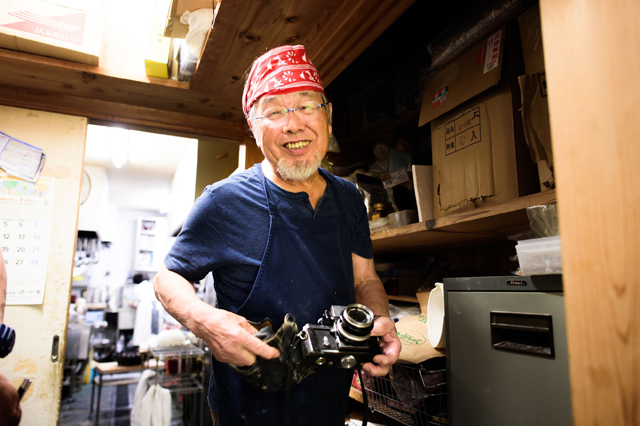
Takao takes an interest in my photographer’s equipment. He shows us an old camera he used to use.
“My father bought this camera for me. He loved cameras. Back then cameras were very expensive luxury items. When I think about it now, I feel very thankful to my father for this camera.”
Takao’s father managed a sushi restaurant, and taught classes at a cooking school in nearby Tsu. He was also the chairman of the Ise Chef’s Association and was beloved by local chefs. Takao worked as a managing chef at a corporate retreat, retiring to open his own restaurant after he turned 60.
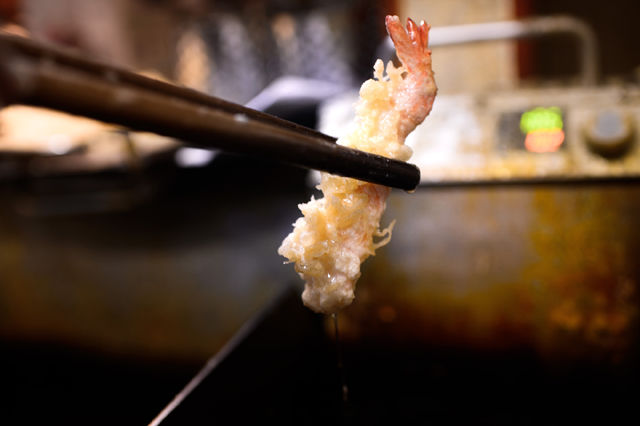
“My grandfather was a cook as well. He ran an udon and set meal place in Ise. I remember helping out there when I was little.” Takao tells me.
Takao didn’t really need to work after he retired from the resort cafeteria, but he says he wanted to have a little udon shop in Ise.
“I thought it would suit me...”
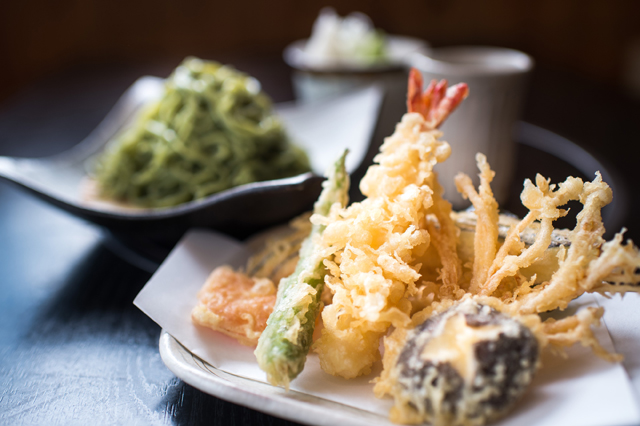
In everyone’s life, there is a turning point.
We can’t always put into words the reason why we make certain choices at that moment.
It just suits us.
Perhaps at that instant one’s personality, circumstances of birth, and fate come together…
Next, I speak with Teppei’s mother, Hiroko.
———More than making money, making people happy
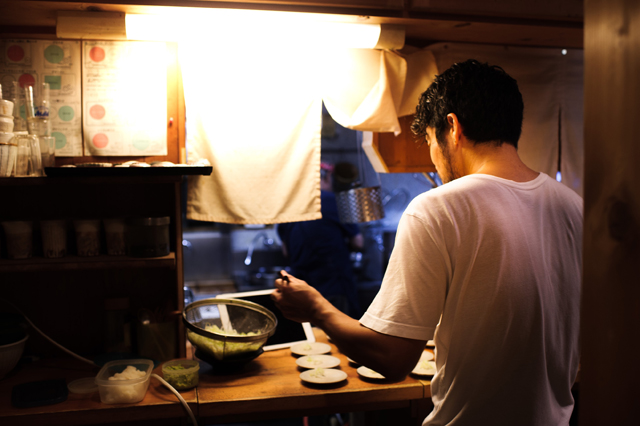
“What kind of child was Teppei?” I ask.
“There used to be a kid’s craft show called ‘Dekiru ka na?’ on the NHK Education Channel. He would imitate it and make stuff. His pre-school’s principal would say to me, ‘Teppei is always bringing things he made to school and playing with them with his friends.’ ”
“By the way Hiroko, what to you like most about this work”
“That has got to be making folks happy. More than money, you’ve got to make folks happy.”
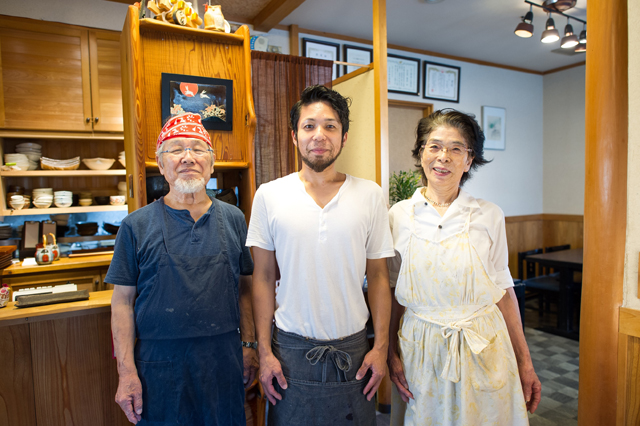
I understand.
Make something, make people happy. That is the spirit that drives this family every day.
As it happens, when they have time off, Takao and Hiroko visit the farms and markets of Watari and Taki in search of vegetables for the tempura they serve. Do they imagine happy customers as they buy their ingredients?
It just suits them. For the Nishimura family, sushi, washoku, udon and soba, whatever the genre, the work just suits them.
This is the source of their happiness, it seems. Making people happy makes them happy, so they want to make even more people happy. This cycle makes for a kind of universal enjoyment, I think.
Ise has been welcoming pilgrims and travelers with this same spirit of hospitality since the Edo period.
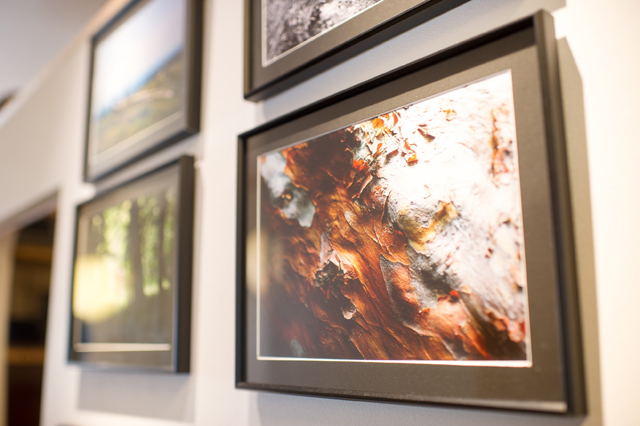
As I was leaving the shop, I stopped to admire some of Teppei’s beautiful photographs. Three generations of photography enthusiasts? I guess it just suits them.
October 11, 2017
Produced by Web Magazine OTONAMIE
Reporter:Yusuke Murayama(OTONAMIE Staff)
With the cooperation of
Te Uchi Soba Udon Kakiemon
Mie Prefecture, Ise City
Asahi Cho366-1
Tel 0596-22-5050
Facebook https://www.facebook.com/手打ち蕎麦うどん-伊勢-柿右衛門-Soba-udon-Kakiemon-345718975568391/